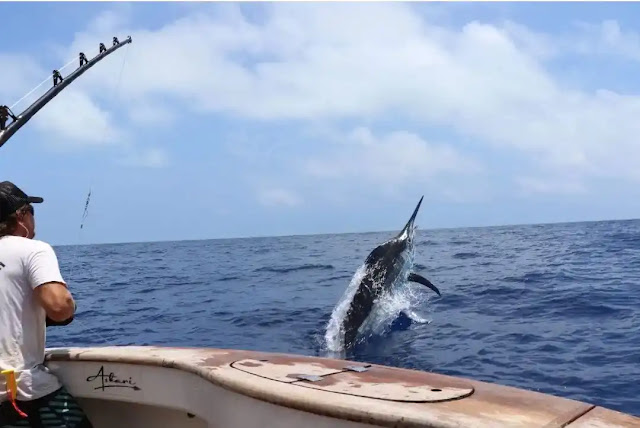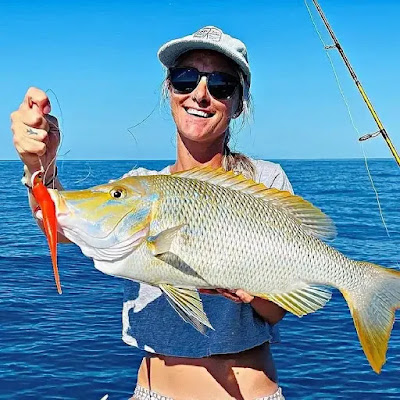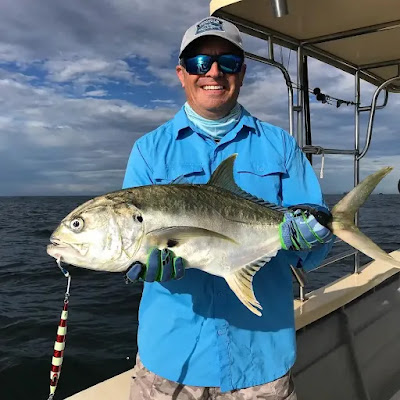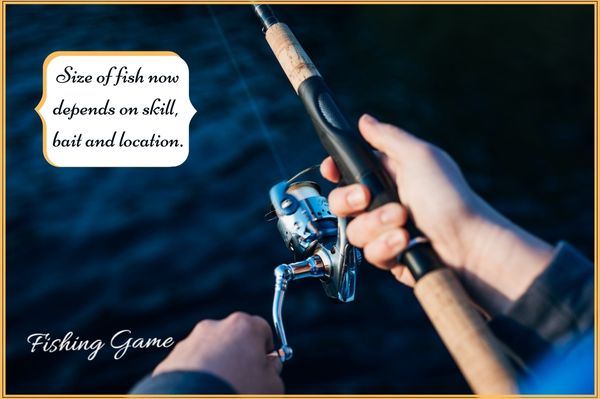A Comprehensive Guide to Fishing with Line and Hook, from the Pros
What are the Different Types of Lines and Hooks
There are many different types of lines and hooks, but they all do the same basic job which is to catch fish. Hooks can be classified by their shape or function and some by both. For instance, J hooks are shaped like a letter “J”, have a straight shank, and are most often used for live bait fishing. Bottom and egg sinker hooks have a curved shank and usually attach to a fishing line on the bottom of the water.
These may also be used for live bait fishing or on the bottom of the water column when paired with weight on the other end of the line. Other types of hooks include circle, spinner (or spinners), fly (or flies), spoon, artificial lures such as plugs or spoons lures, lead head jigs, and even treble hooks.
Hooks come in a variety of shapes, but three basic types are the circle hook, the spinner hook (or spinner), and the J-hook. Circle hooks are most often used for live bait fishing but can also be used for other purposes such as catching bottom fish or small game fish like trout.
Different Types of Lines and Hooks - How To Choose Them?
The first and foremost rule when choosing the line is to take your rod's power rating into account. This will determine the weight of the line you should use, which will directly affect how easy it is to cast and retrieve it. If you are fishing for small or light lures, then a braided line is preferred as it has less drag.
On the other hand, spinning reels are best recommended for heavier lures, whereas baitcasting reels are designed to balance in-line performance with the smoothness of retrieve and casting. Braided lines are composed of short strands that are tightly woven together in order to prevent knots from forming during use.
They also have thinner diameters as compared to other lines which make them easier to manage when they're cast or retrieved. They have less drag when compared to monofilament lines, leading to better casting and retrieval.
Monofilaments are composed of long strands that are multi-braided together before use. Mono-filaments have more strength than braided lines as they are multiple strands of material tightly woven together.
They also have a greater diameter than braided lines which makes it difficult for the user to cast and retrieve the line. They are used for heavy lure fishing, as well as by bait casters.
Tackle Maintenance - How To Clean Freshly Caught Fish And The Reels That Caught Them?
So, you just caught your fresh fish and you are wondering what is the next step? First of all, congratulations on your catch! Now, you need to make sure that your catch stays fresh for as long as possible.
To clean a fish, first of all, defrost it in cold water or in the fridge. Then you can go ahead and remove the head with a sharp knife and scales with a scraper or by running it under cold water.
The guts should be removed too by sliding an ice cream scoop down the belly area and pulling it out with forceps. Rinse inside and out thoroughly before cutting into chunks to be frozen.
Types of Fishing Rods - The Ultimate Guide to Choosing Your Perfect Rod
This article is the ultimate guide to choosing your perfect fishing rod. It will help you in finding the one that suits your needs, is within your budget, and can meet all of your fishing needs.
The guide talks about two categories of rods: freshwater rods and saltwater rods. Each type is used in a very different way. This article will focus on the differences between these two types of fishing. The first key difference is that freshwater rods are made for use on water with a heavy current, while saltwater rods are made for use in calm waters or water with a slow current. Another key difference is that freshwater rods are usually made from graphite, while saltwater rods are usually made from fibreglass.
Saltwater rods are more durable than freshwater rods because they have more material and fewer component parts than their freshwater counterparts. Fishing RodsThe first category of fishing rod is the Freshwater rod.
Why You Need A Fishing Rod And Tools For Your Next Trip
There are many tools that you might need on your next fishing trip. If you are just starting out and are looking for a general reference, this guide will serve as the best introduction to fishing. equipment.
Rod and Line, there are a few different types of rods to choose from, each has its own strengths and weaknesses. When buying a rod, think about the type of fishing that you will be doing. If you are looking to fish large lakes with lots of fish, you will want a powerful rod that can handle the weight but is still light enough.










.png)














0 Comments